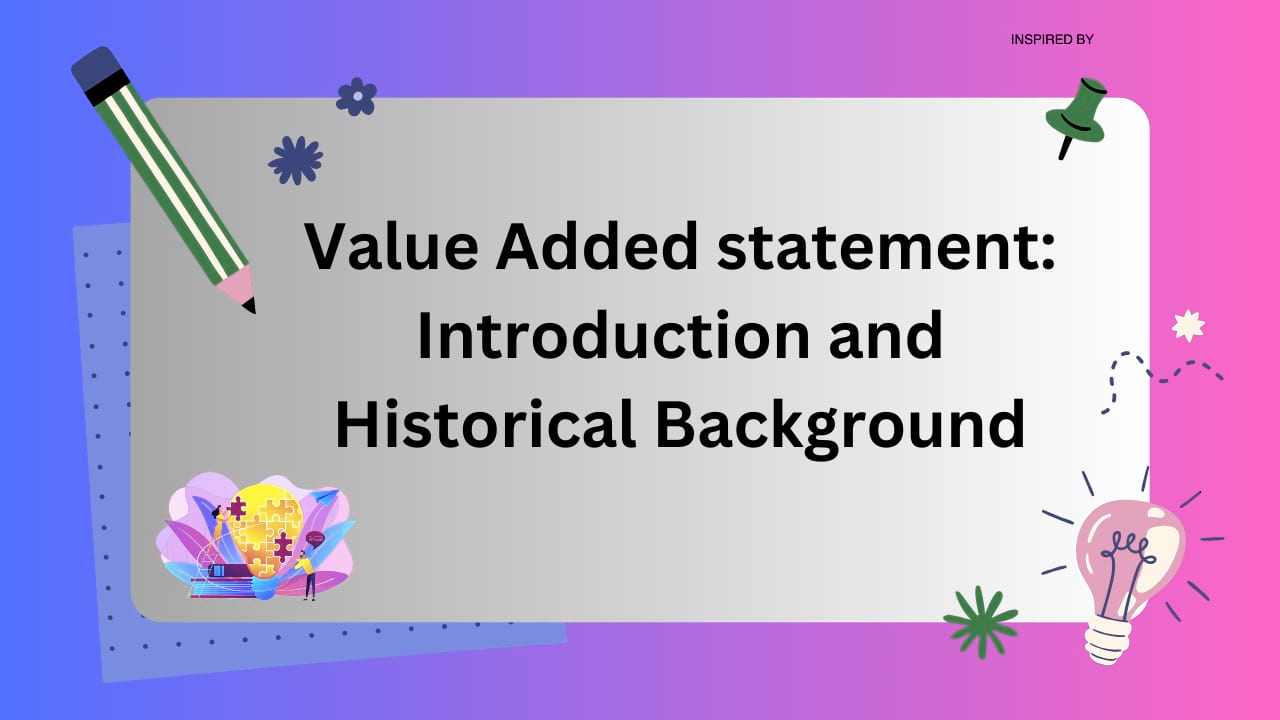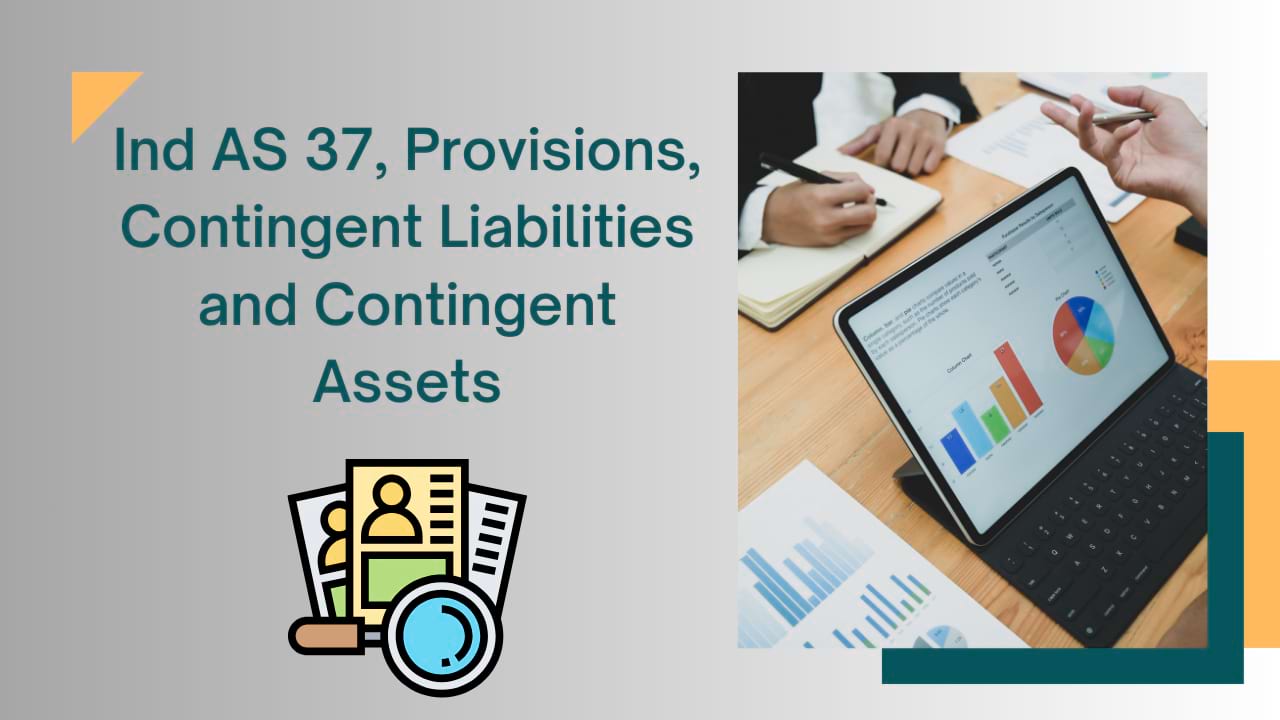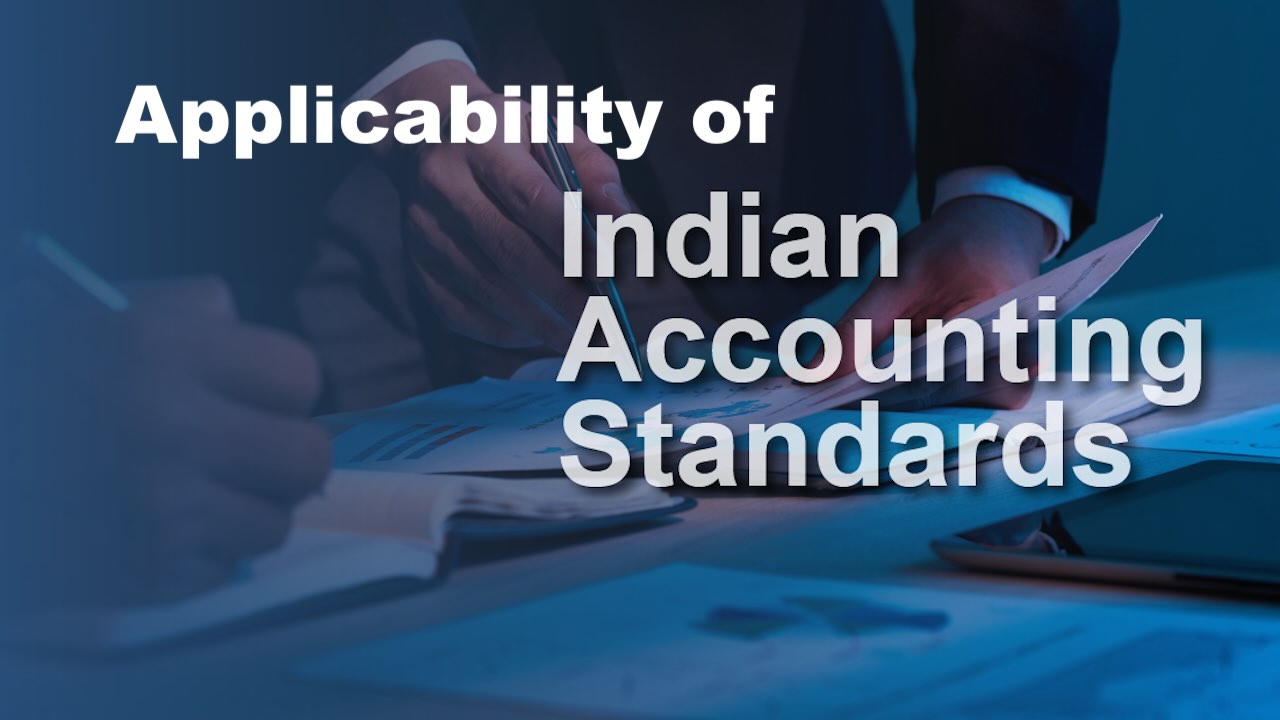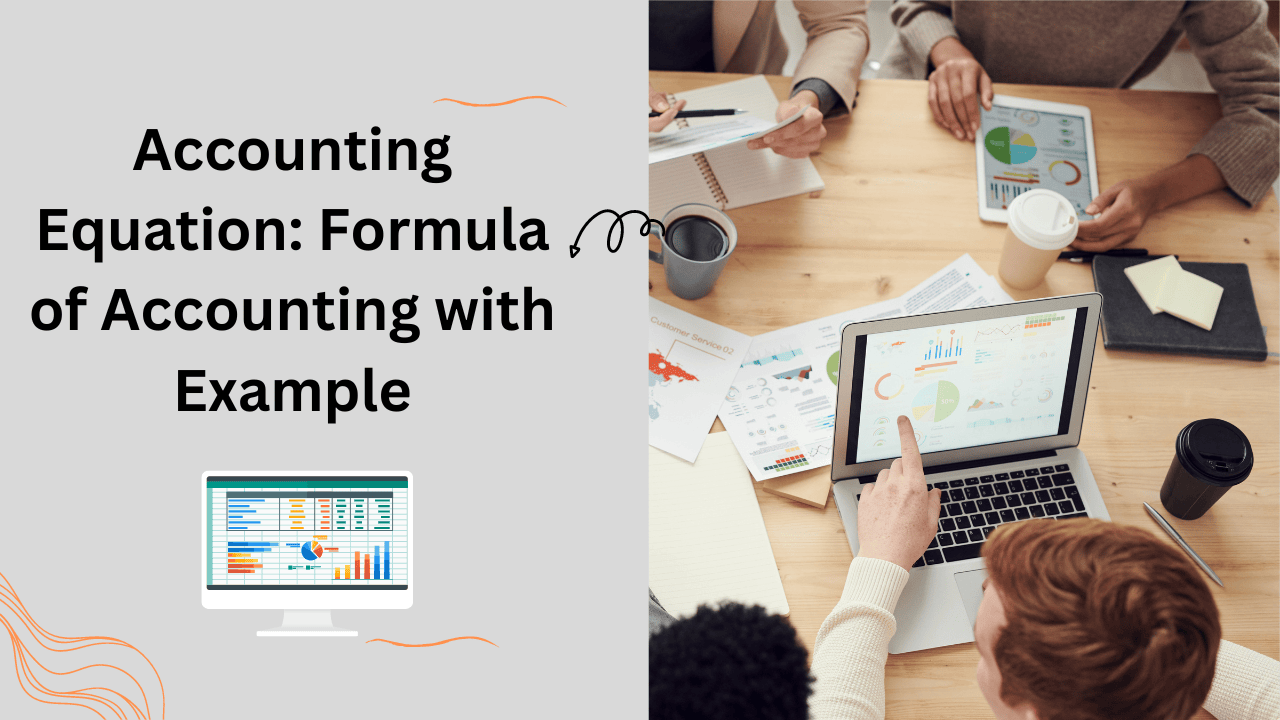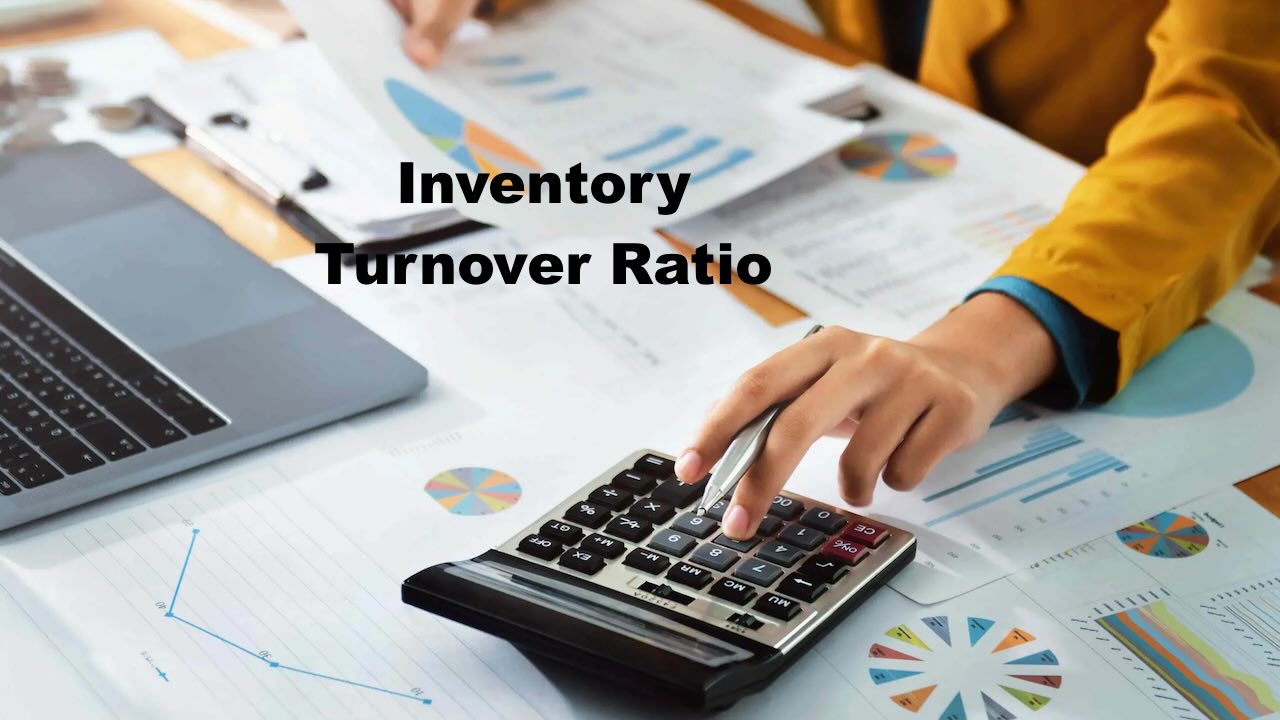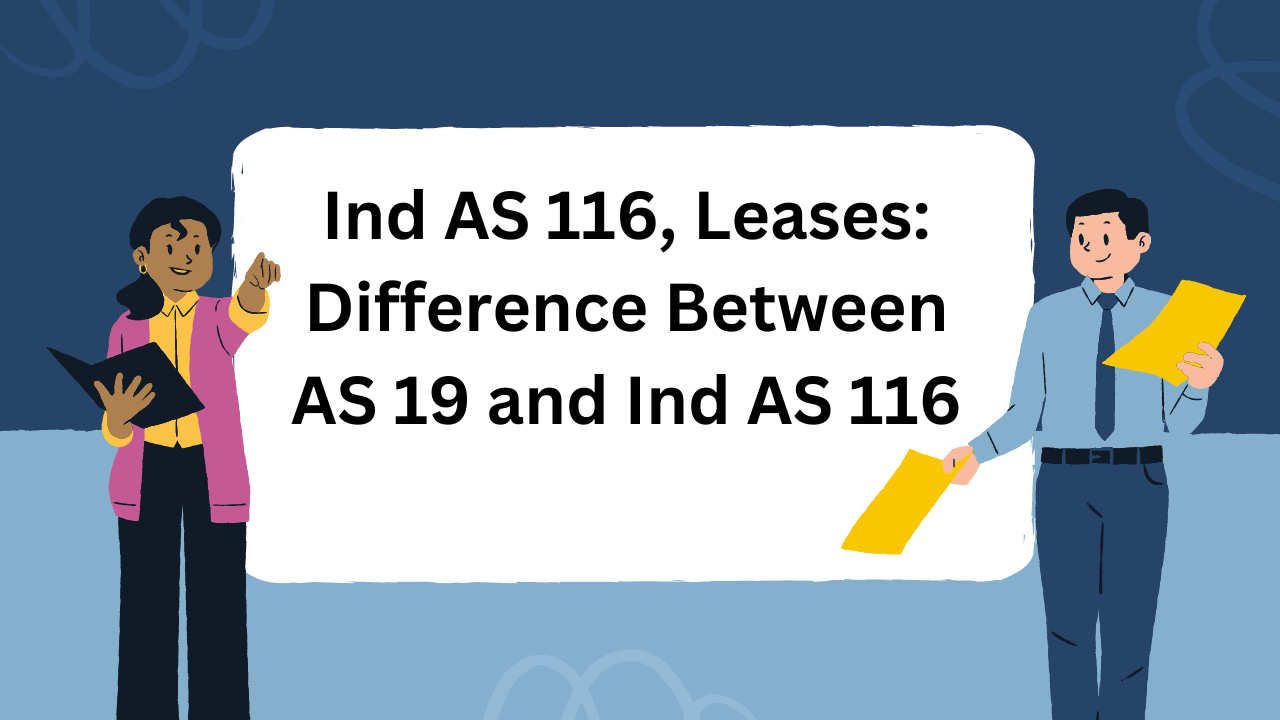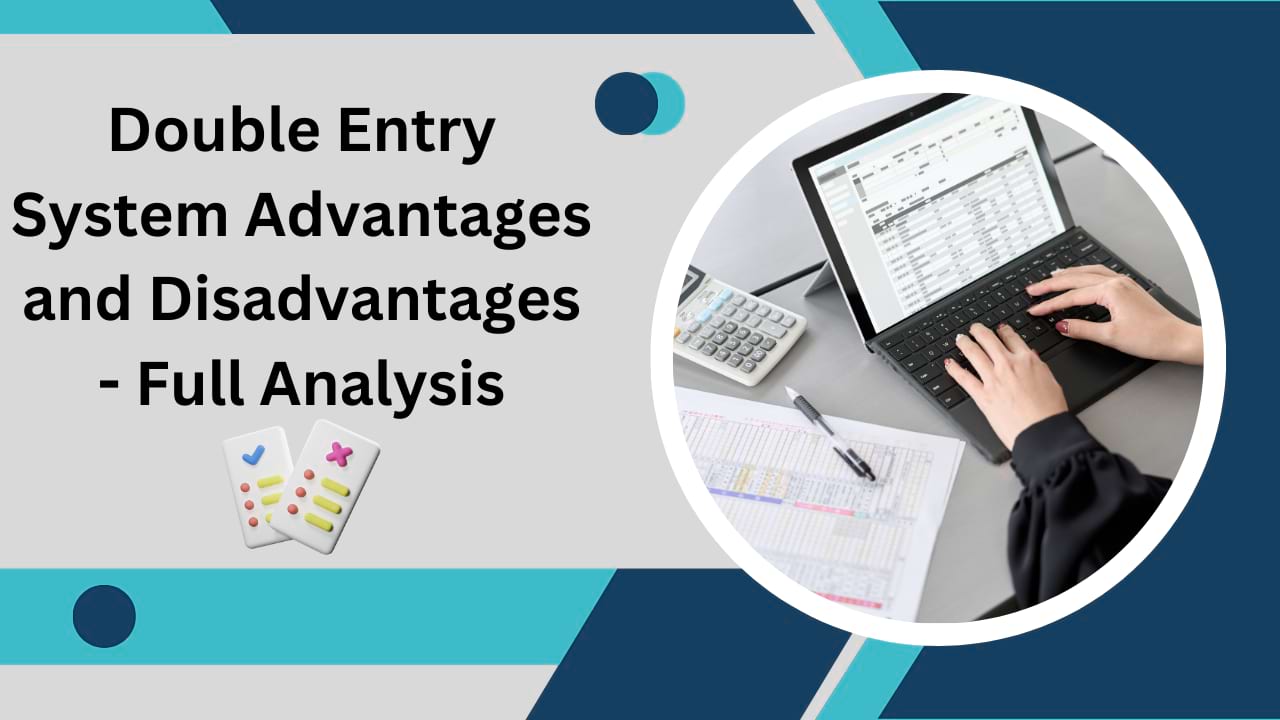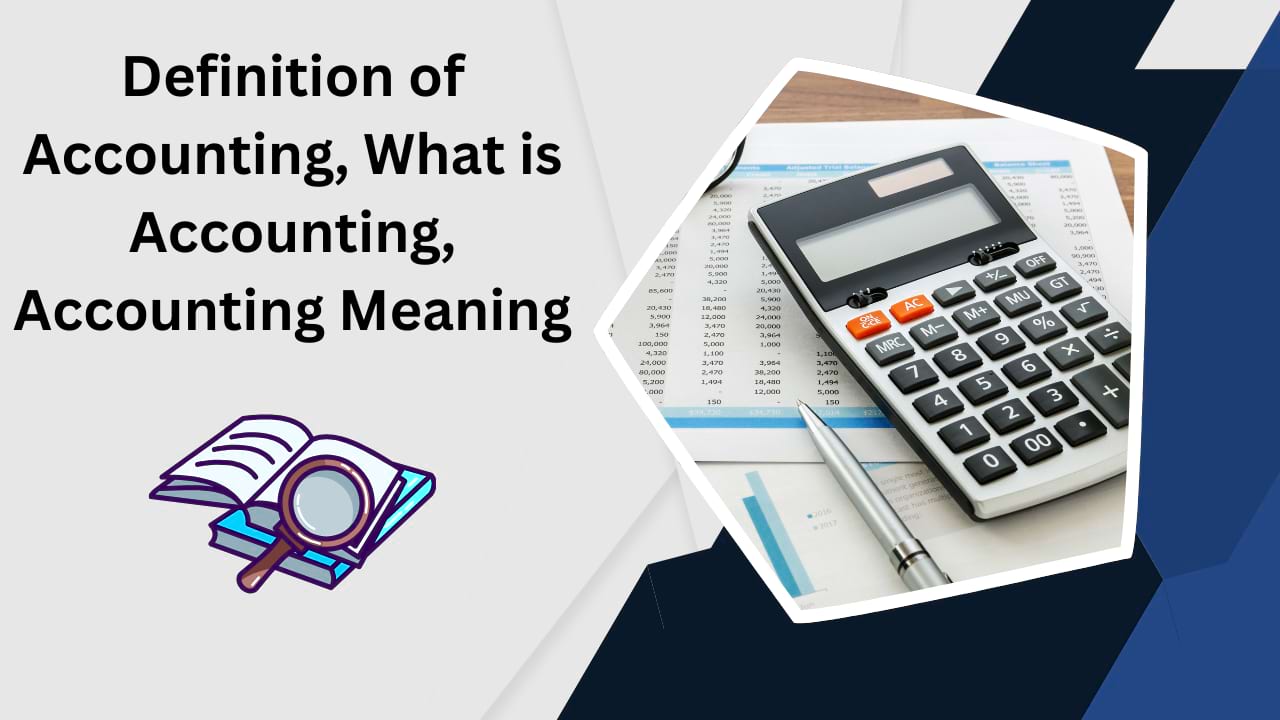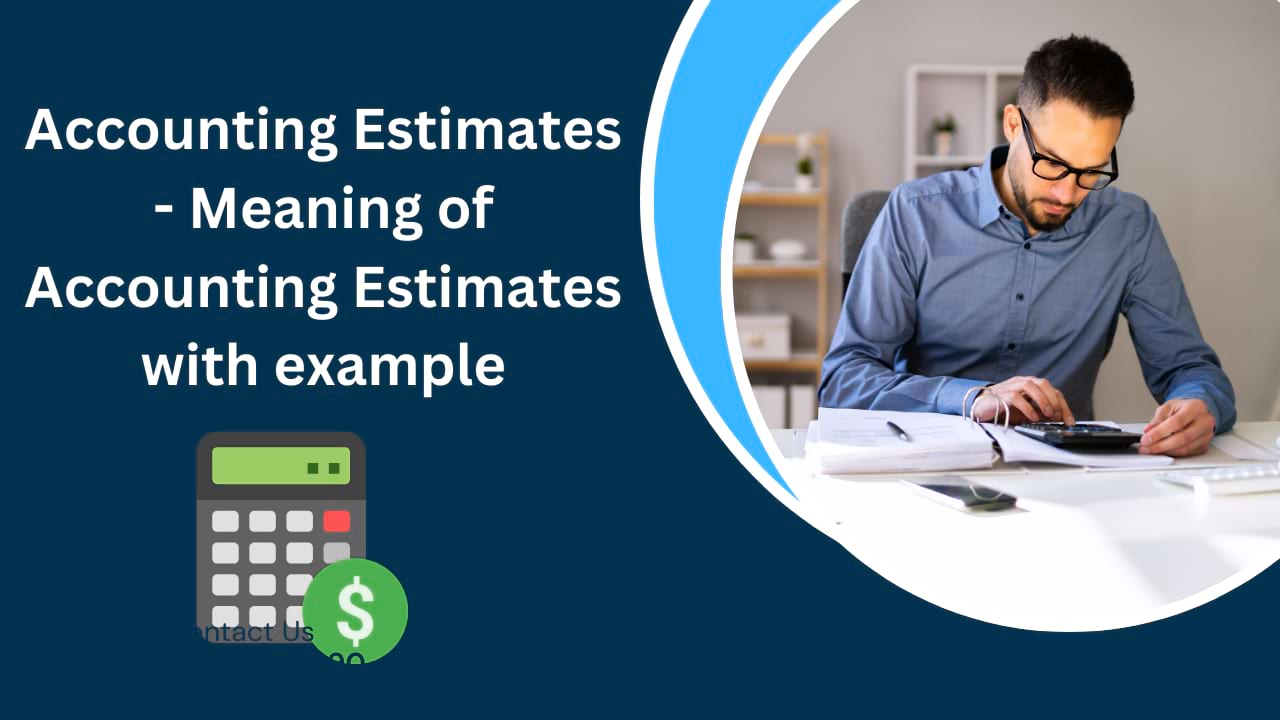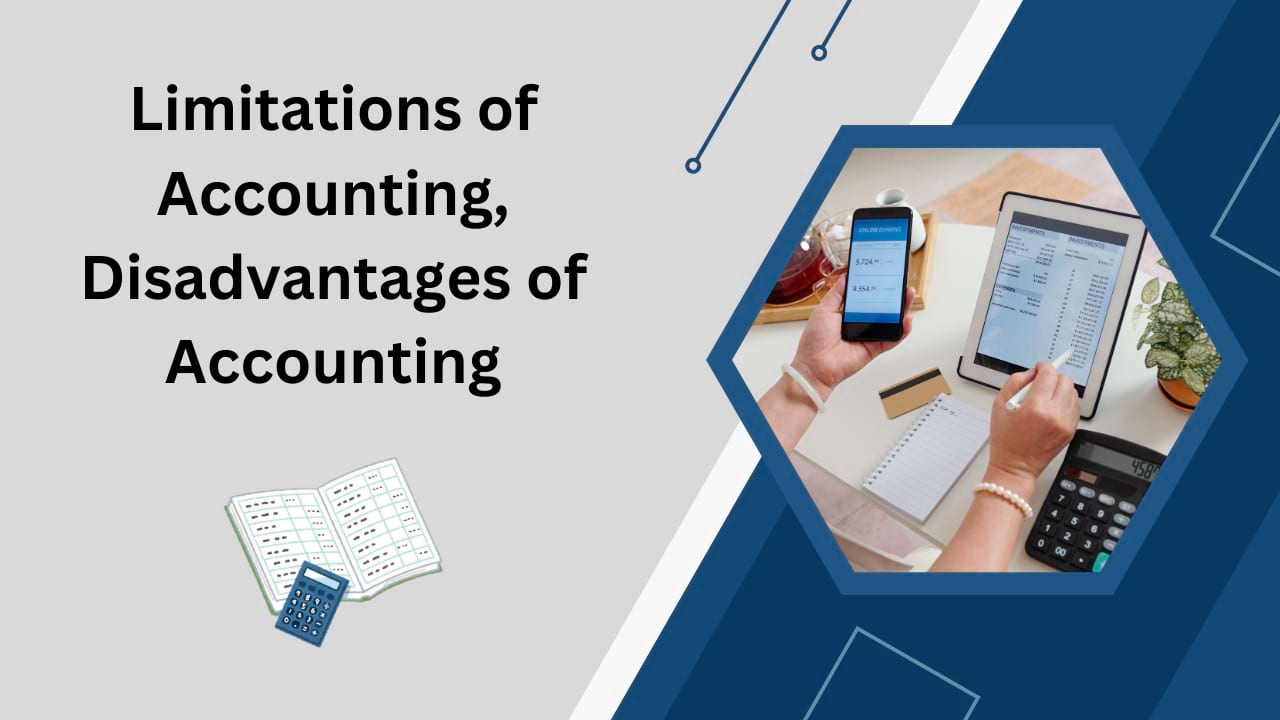Accounting
Search
All Categories
- All Categories
- Aadhaar
- Accounting
- Actors
- Actress
- Age
- Artist
- Auditing
- Author
- Axis Bank
- Badminton Player
- Bajaj Finserv
- Balance Enquiry
- Bank Account
- Bank Holidays
- Bank Jobs
- Bank of Baroda
- Bank of India
- Bank PO Jobs
- Bank Statement
- Banking
- Banks in India
- Baseball
- Basketball Player
- Boxer
- Business
- Business
- Business Loan
- Businessman
- Businesswoman
- cacom
- Canara Bank
- Car Loan
- Car Loan Rates
- Cards
- Celebrity
- CEO
- Chef
- Cheque
- Coach
- Comedian
- Commentator
- Company
- Company
- Company Law
- Credit Card
- Cricketer
- Customer Care
- Dancer
- Debit Card
- Demand Draft
- Director
- DJ
- Economics
- Economy
- Education Loan
- Entertainment
- Entrepreneur
- EPF & UAN
- Fashion Designer
- Federal Bank Personal Loan
- Film Composer
- Film director
- Film producer
- Finance
- Fixed Deposit Rates
- Football coach
- Football Player
- Gold
- Gold Loan
- Golfer Player
- Govt Bank Jobs
- Govt Schemes
- GST
- HDFC Bank
- HDFC Bank Personal Loan
- Hero FinCorp
- Hockey
- Hollywood
- Home Loan
- Home Loan Interest Rates
- Home Loan Rates
- HR Formats
- ICAI
- ICICI Bank
- ICICI Bank Personal Loan
- IDFC FIRST Bank Personal Loan
- IndusInd Bank
- Invest
- Investment
- Jeweler
- Jockey
- Journalist
- Kotak Mahindra Bank
- Lawyer
- LIC Housing Finance
- Loan Against Property
- Loans
- Media personality
- Model
- Money
- Music Artist
- Mutual Fund
- NBA
- NBA Players
- Net Banking
- Net Worth
- News
- NFL Players
- Olympians
- Olympics
- Online Loan
- People
- Personal Loan
- Personal Loan Interest Rates
- Personal Loan Rates
- Politician
- Private Bank Jobs
- Professor
- Profile
- Property Loan
- Punjab National Bank
- Race Car Driver
- Rapper
- RD Interest Rates
- Real Estate
- Representative
- Result
- Richest DJs
- Richest Families
- Rock band
- RTGS
- Saving Account
- Scientist
- Share Market
- Shark Tank
- Singer
- Songwriter
- Sports
- Startup
- Stock
- Stuntman
- Tally
- Tennis
- Tennis Player
- TV Personality
- Two Wheeler Loan
- UPI Apps
- Wealth
- Wrestler
- Writer
- YES Bank
- YouTuber
DESC
- DESC
- ASC

